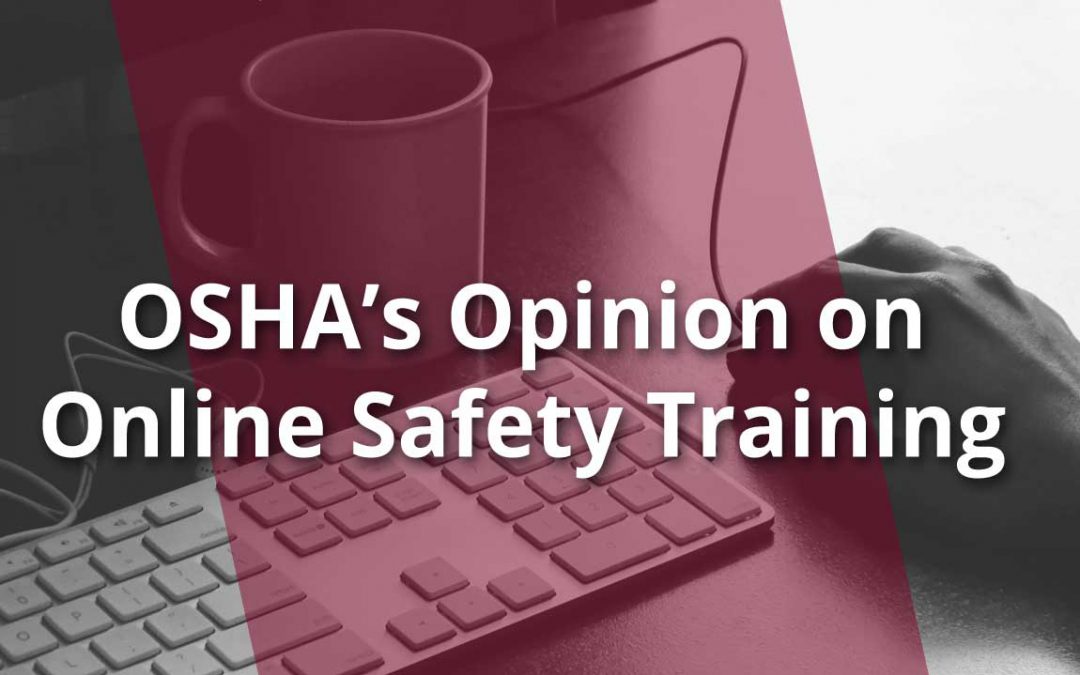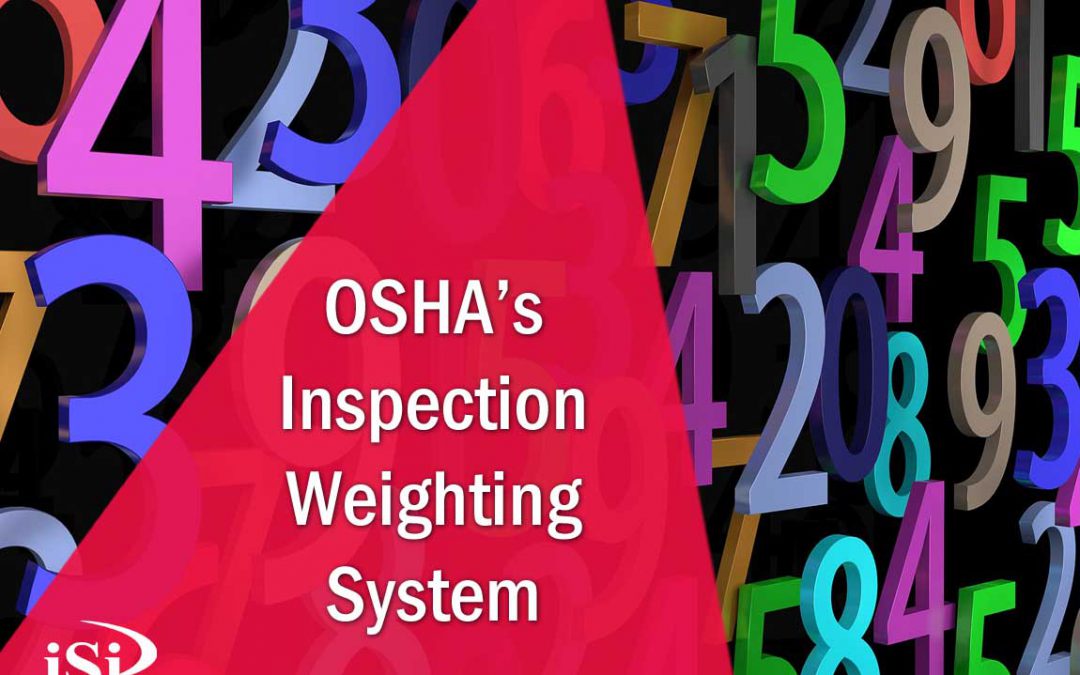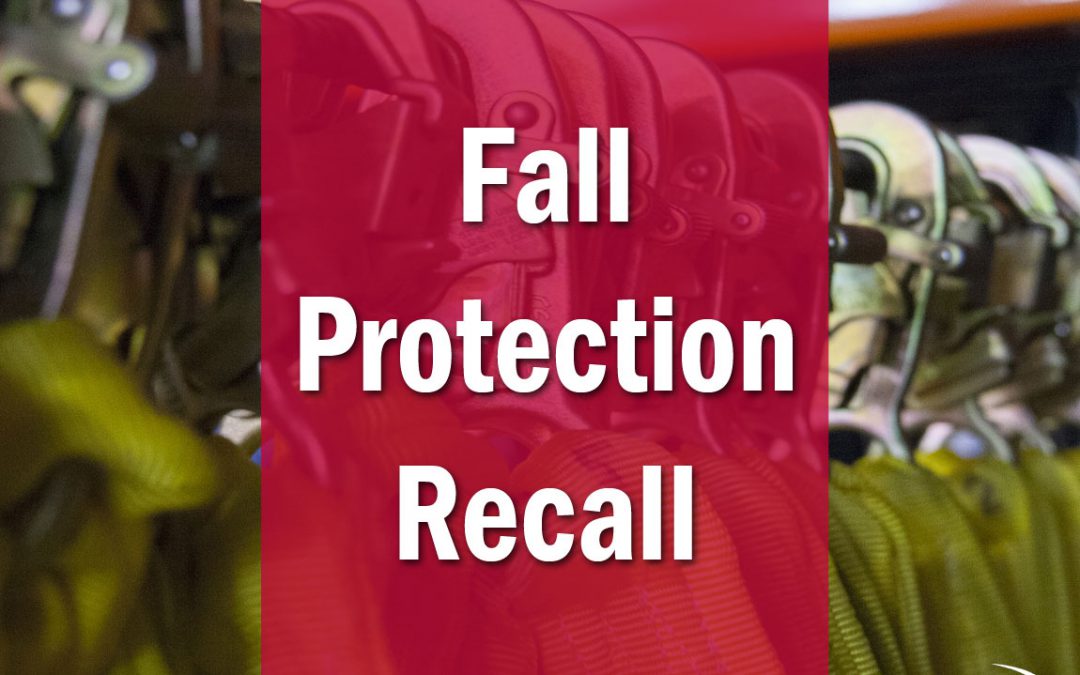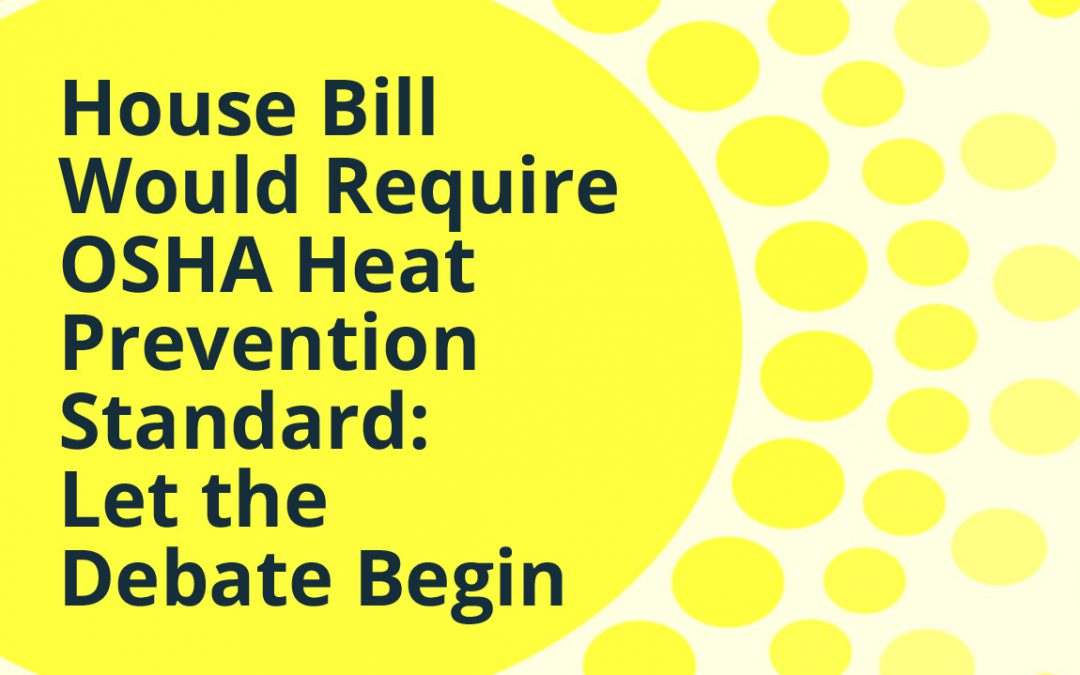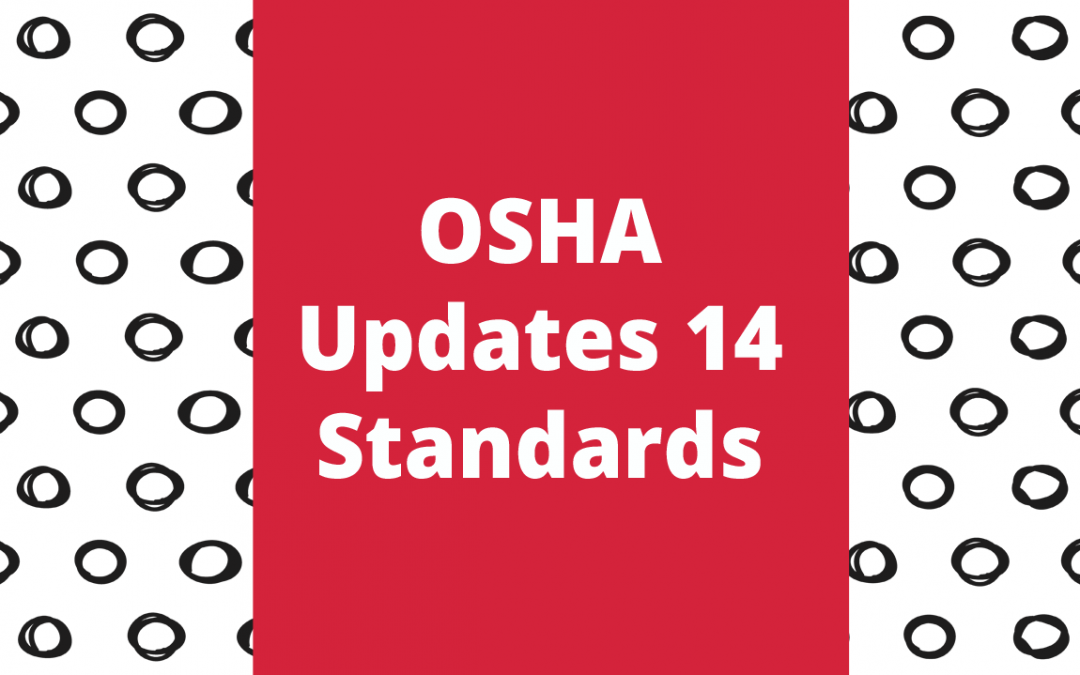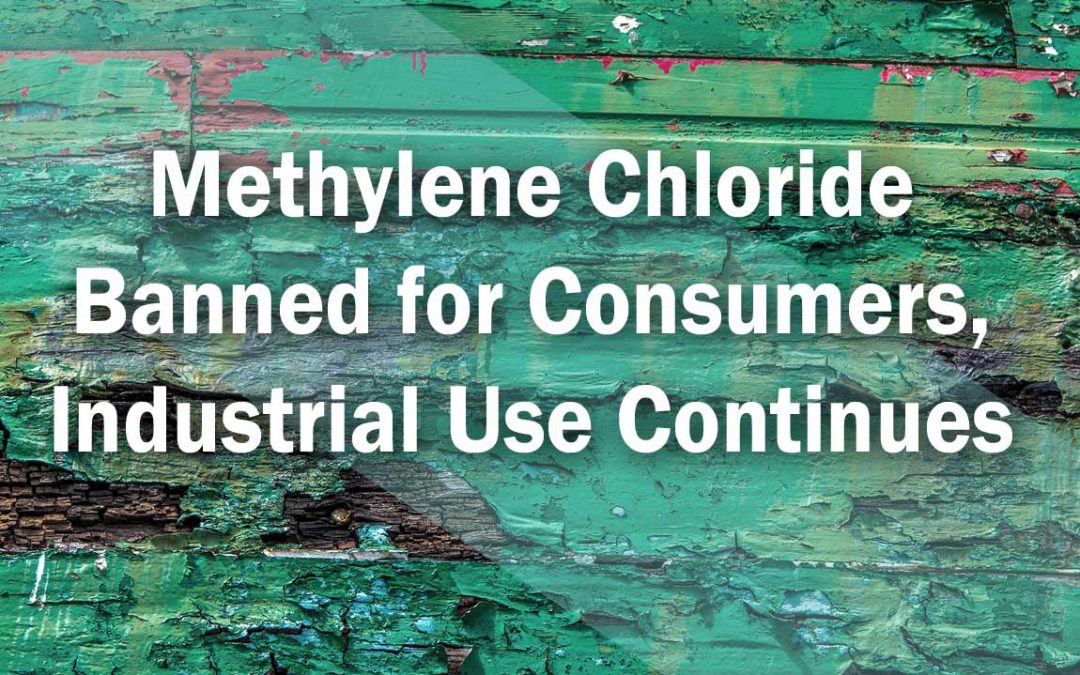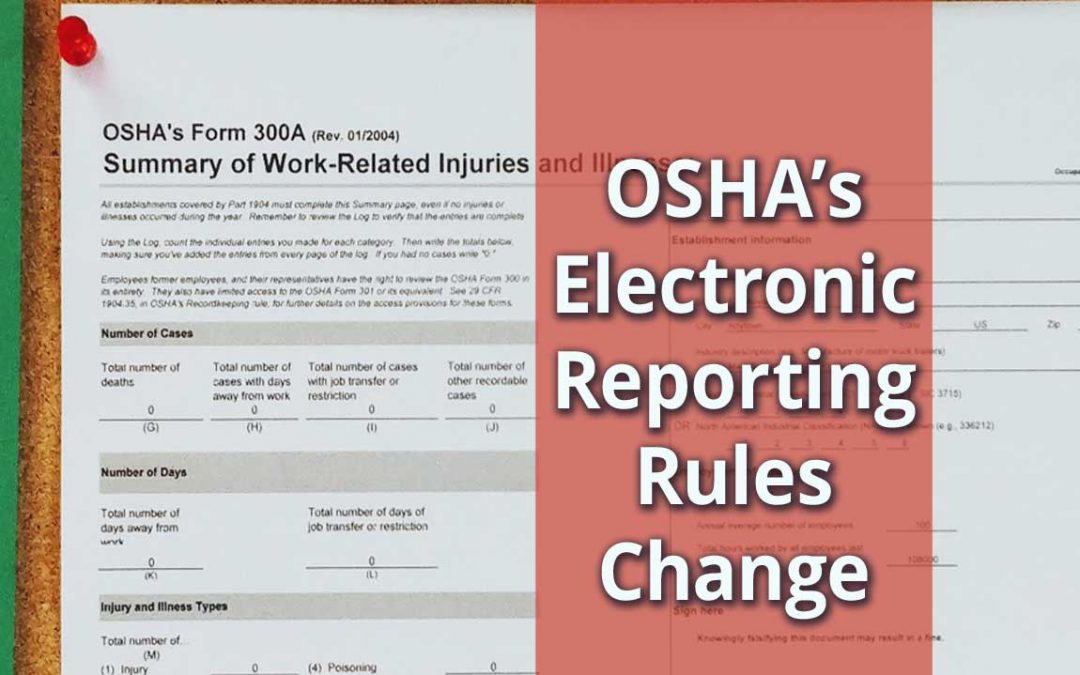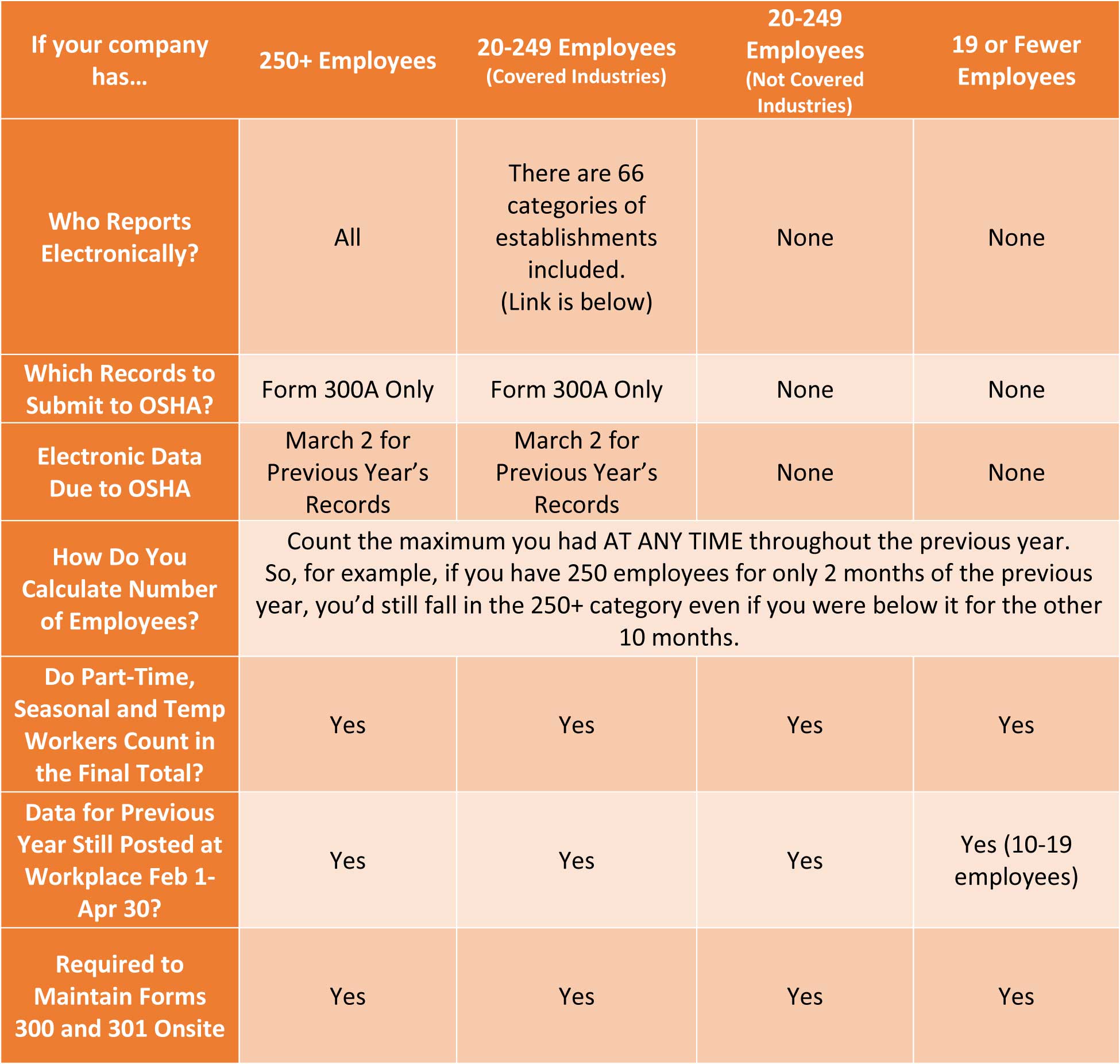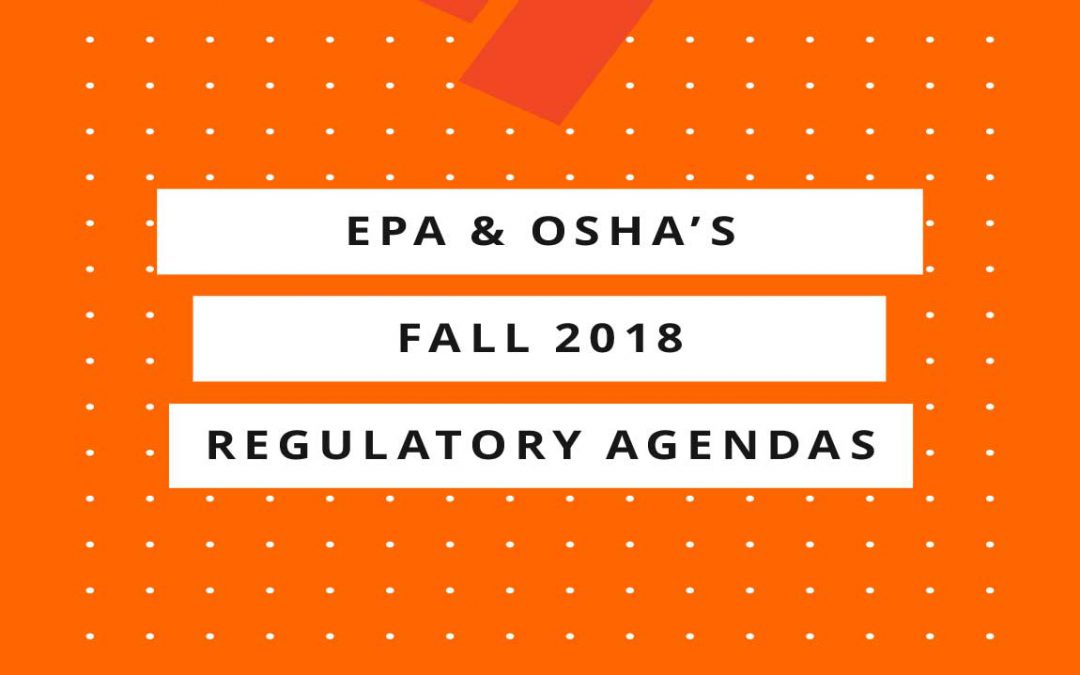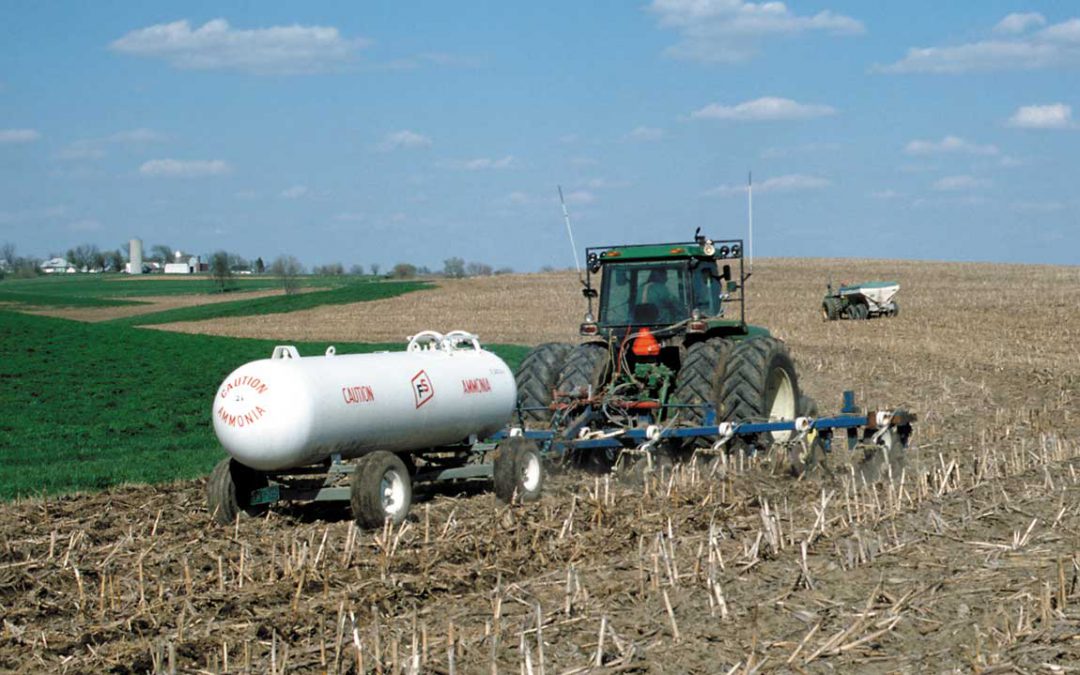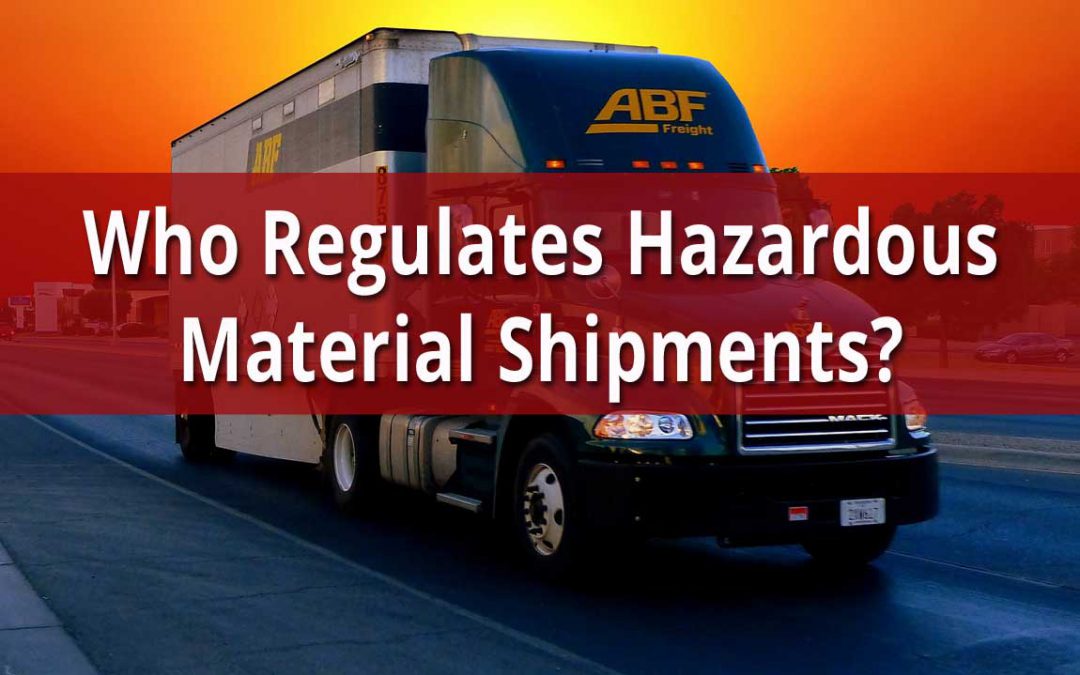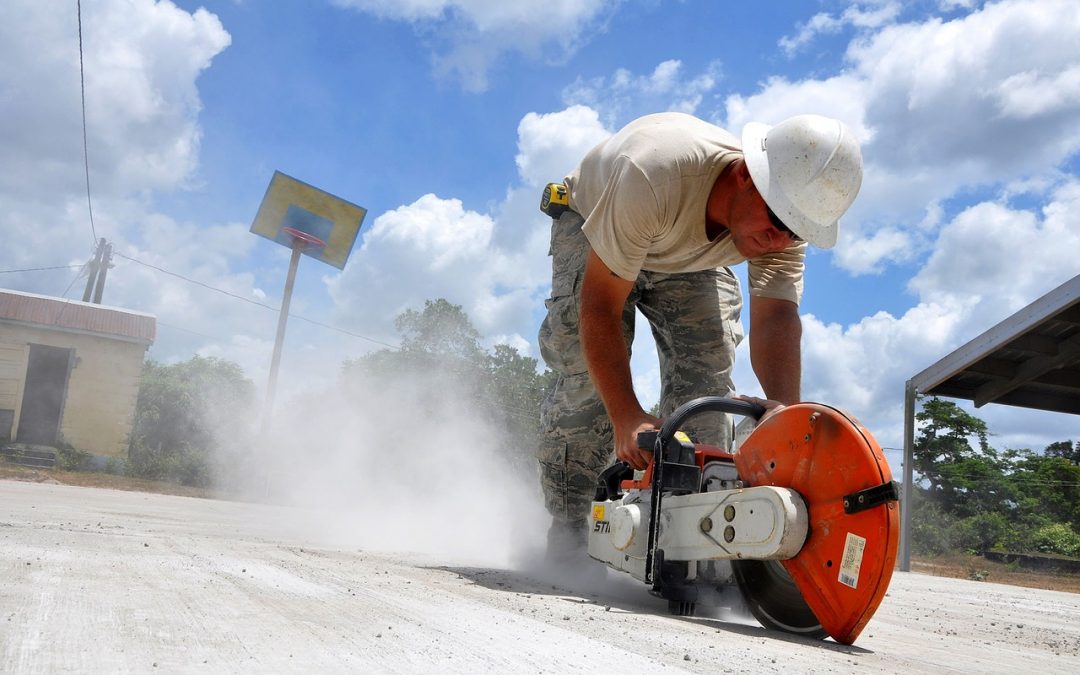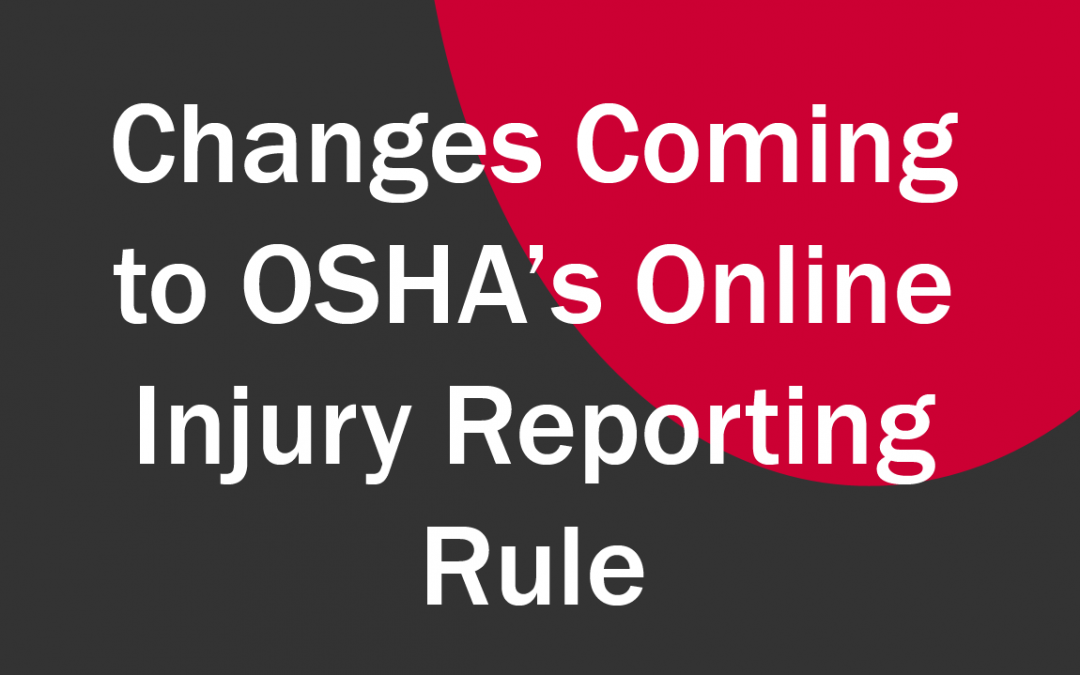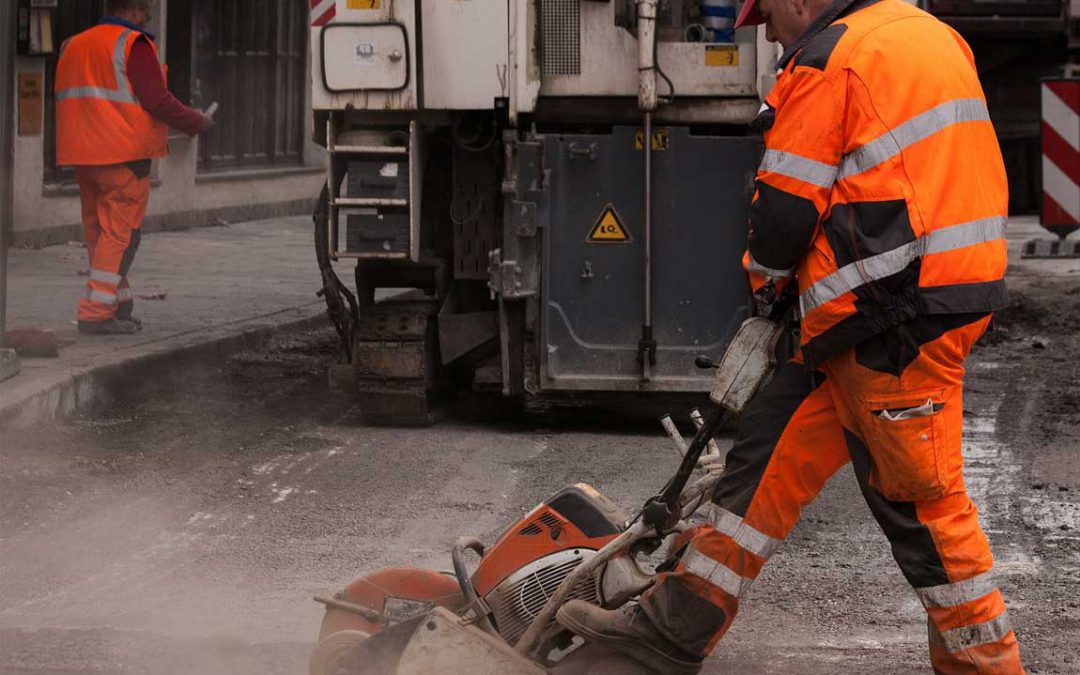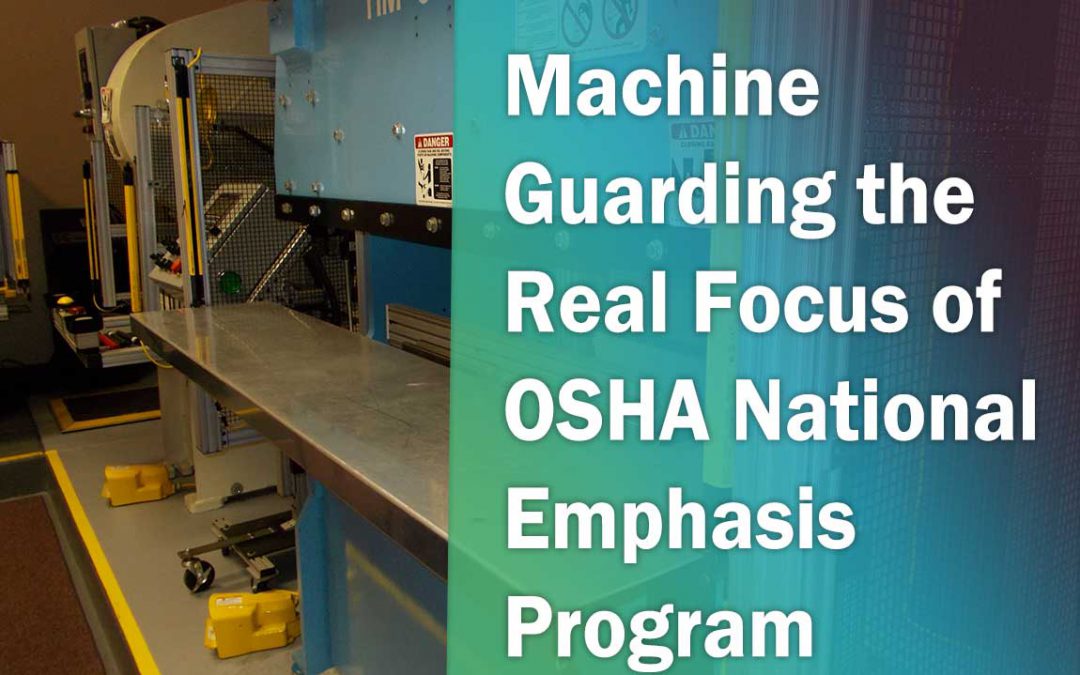
Machine Guarding Real Focus of Renewed OSHA Emphasis Program
OSHA has updated and renewed its National Emphasis Program on amputations in manufacturing facilities. With this emphasis, OSHA will be targeting manufacturers and industrial facilities, with a focus on machine guarding and lockout-tagout.
Who’s On the List?
Machine guarding and lockout-tagout are annual residents on OSHA’s top 10 list of violations and cause amputations and injuries each year. OSHA has had amputations on its national emphasis since before 2015, but they’ve updated it with a new list of potential NAICS codes to target based on data from 2015 to 2018. OSHA is going to target industries with higher rates of machine guarding and lockout-tagout violations, higher rates of related incidents, higher rates of amputations, those with amputations within the past 5 years, and those with machine-related injuries or fatalities. They’ve developed a target list of around 130 targeted NAICS codes.
Companies with less than 10 employees will not be on the target list, even if their NAICS code matches.
Please remember that as with all OSHA emphasis programs, if OSHA is onsite for another inspection, they can add this to their scope.
What Will Be Looked At?
In addition to reviewing 4 years of OSHA logs, they will be inspecting your machinery and equipment, looking for hazard potentials in:
- Pinch, Nip and Shear Points
- Cutting Actions
- Setup and Operation
- Clearing Jams or Upsets
- Making Adjustments When Operating
- Cleaning/Greasing/Oiling
- Scheduled and Unscheduled Maintenance
- During the Lockout-Tagout Process
Machine guarding is used to protect both the operator and everyone else who could come in contact with a machine. Any machine, part, function or process that can cause injury must be safeguarded.
The best way to ensure you are ready for an inspection is to make sure you’re compliant with the following standards. These will be the ones used by inspectors as they’re the ones that have the greater potential to cause amputations:
1910 Subpart J – General Environmental Controls
1910.147 Control of Hazardous Energy (Lockout-Tagout)
1910 Subpart O – Machine and Machine Guarding
1910.212 General Requirements
1910.213 Woodworking Machinery Requirements
1910.217 Mechanical Power Presses
1910.219 Mechanical Power Transmission
Inspection Start Date
As with all new and revised emphasis programs, there will be a 90-day period where OSHA will provide outreach efforts to alert the industry about the changes before starting targeted inspections. This puts targeted inspections starting around March 10, 2020.
More Information
For more information, check out the OSHA inspector directive here, which also includes the affected list of NAICS codes.
Need Help?
iSi has conducted a number of machine guarding audits for manufacturers. Let us provide one for you today!
Questions?
Does this apply to your company? Do you have questions? Contact us!
Receive News to Your Inbox
We send our articles by email whenever we add a new one. Don’t miss out! Sign up for our blog today.
Request a Quote
iSi can provide assistance in this area. How can we help? Ask us for a price quote.


